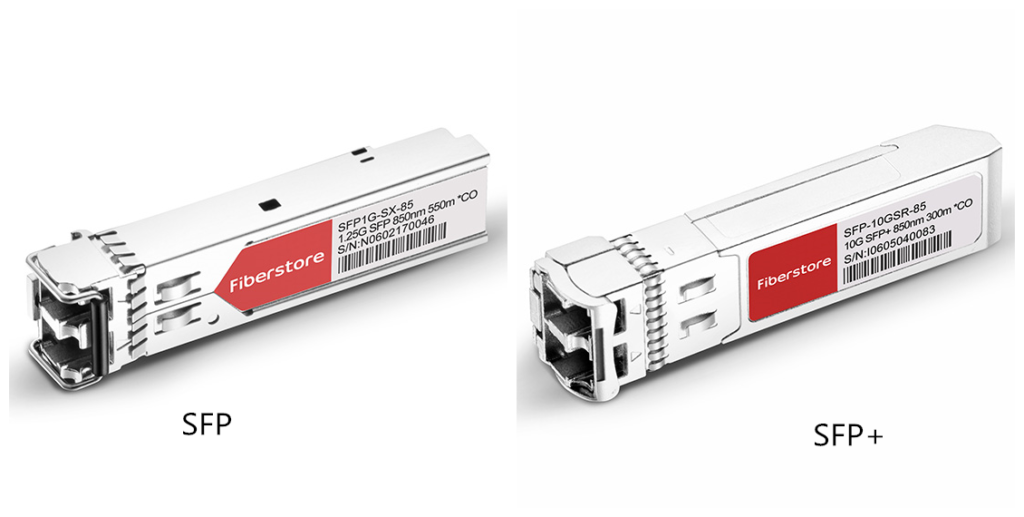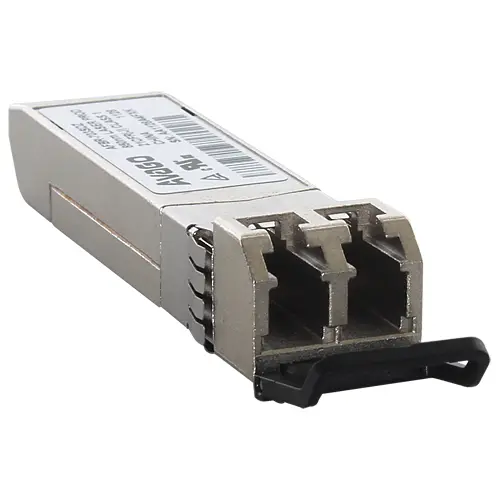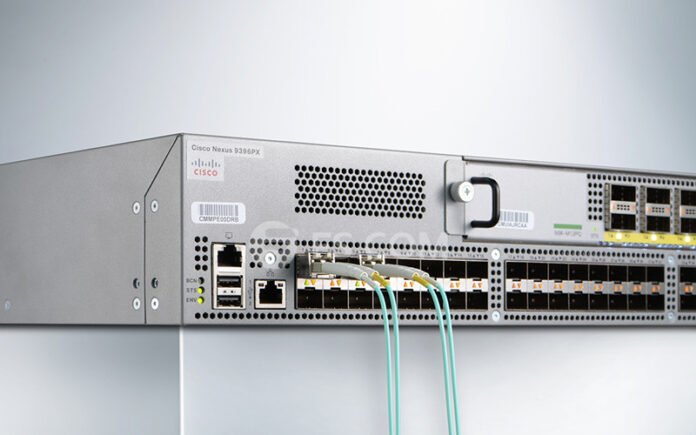Introduction
In the world of networking, Small Form-Factor Pluggable (SFP) modules play a critical role in enabling high-speed data transmission. However, one of the most common questions among IT professionals and network administrators is whether SFP ports are compatible with 10G transceivers. Understanding this compatibility is essential for network scalability and performance. In this article, Jazz Cyber Shield explores the compatibility of SFP ports with 10G transceivers and the factors to consider when upgrading your network infrastructure.
Understanding SFP and SFP+ Transceivers
SFP (Small Form-Factor Pluggable) and SFP+ (Enhanced Small Form-Factor Pluggable) are modular transceiver standards used in networking equipment. They serve as interfaces for fiber optic and copper connections, allowing for flexible network expansion.

Key Differences Between SFP and SFP+
- SFP (1G SFP): Designed to support speeds up to 1 Gbps (Gigabit Ethernet). These modules are widely used in older networking environments.
- SFP+ (10G SFP+): An upgraded version of SFP, supporting speeds up to 10 Gbps. It offers enhanced performance for high-bandwidth applications.
Compatibility of SFP Ports with 10G Transceivers
1. SFP Ports Are Not Designed for 10G Transceivers
A standard SFP port is designed for 1G SFP modules and does not natively support 10G speeds. If a 10G SFP+ transceiver is inserted into a traditional SFP port, it may not work due to hardware limitations.

2. SFP+ Ports Are Backward Compatible
While SFP ports do not support 10G transceivers, many SFP+ ports can accept 1G SFP modules. This means that an SFP+ port can be used for both 1G and 10G networking, offering flexibility in mixed-speed environments.
3. Auto-Negotiation Limitations
SFP+ transceivers typically do not support auto-negotiation with SFP ports. If a device requires a fixed 1G or 10G speed, inserting an unsupported transceiver can lead to connectivity issues.
How to Ensure Compatibility in Your Network
- Check Manufacturer Specifications – Always verify the compatibility of your networking hardware. Some switches or routers may have proprietary restrictions.
- Use the Correct Transceiver Type – Ensure you are using SFP transceivers for 1G SFP ports and SFP+ transceivers for 10G SFP+ ports.
- Consider Multi-Rate Transceivers – Some modern transceivers support both 1G and 10G speeds, making them more versatile.
- Firmware Updates – Some devices may require firmware updates to support certain transceivers. Check with the manufacturer for compatibility updates.
Conclusion
SFP ports are generally not compatible with 10G transceivers due to their design limitations. However, SFP+ ports offer backward compatibility with 1G transceivers, making them a more flexible choice for scalable network environments. When planning network upgrades, it is crucial to understand the capabilities of your existing hardware to ensure seamless integration and optimal performance.
For expert advice on networking solutions and high-quality transceivers, visit Jazz Cyber Shield. We provide top-tier technology products to enhance your network efficiency and reliability.



